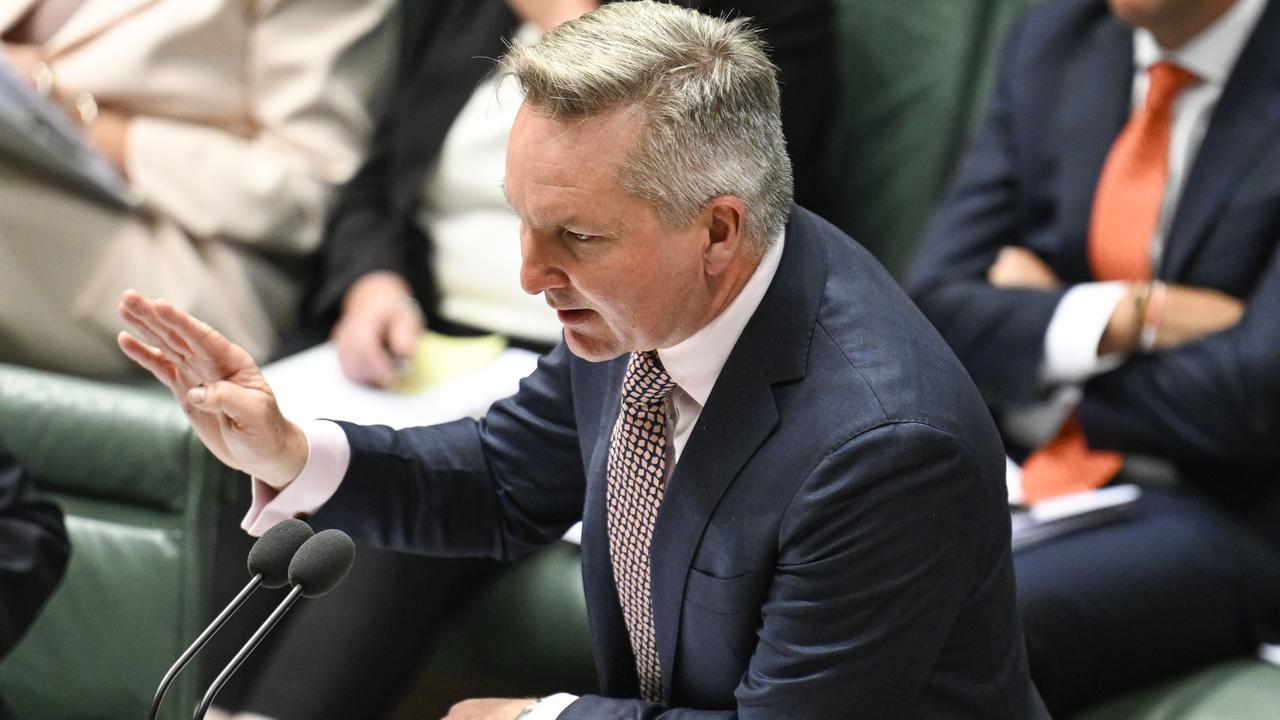It hasn’t really taken very long for new Opposition Leader Anthony Albanese to move towards abandoning two key revenue-raising policies Labor took to the recent election: the ditching of negative gearing save for new housing and the elimination of cash refunds for franking credits.
Over time, he will have to add to the list, including ditching the effective doubling of capital gains tax, the proposed changes to the taxation of trusts and the temporary increase in the top marginal tax rate by 2 percentage points.
All of these ideas were misguided, some more than others. In total, they constituted the biggest attack on capital Australia would have ever experienced.
Leaving aside the economic damage these changes would have wrought, the political idea was to belt those who were unlikely to vote Labor and give to those who were rusted-on Labor supporters as well as some wavering voters. It was very low-rent stuff. What ever happened to the notion of governing for all Australians?
More to the point, it didn’t work. The revenue-raising measures were not well-targeted on high-income earners and those with considerable wealth. Many of the measures would have adversely affected those on modest incomes, particularly some retirees in self-managed superannuation schemes.
In any case, the whole class welfare narrative is outdated.
If I had to pick the worst of the proposals, I would chose the elimination of cash refunds for franking credits. The fact that the then opposition Treasury spokesman didn’t seem to understand that there was no difference between giving someone a dollar in a cash refund and providing another person with a tax rebate of a dollar indicated he was never a suitable person to be treasurer.
As for then opposition leader Bill Shorten, calling these cash refunds “gifts” was not only wrong but also deeply offensive. It was the equivalent of calling the income tax refund cheque that many people receive every year a gift.
As for the negative gearing changes, there was never any rationale for extending the change to assets other than residential real estate.
Moreover, the changes were far too radical and ill-directed.
The fact that Labor secured a clutch of seats at the 2016 election — the one in which then prime minister Malcolm Turnbull campaigned with all the force of a retired librarian — threw up the false impression that the electorate accepted the negative gearing changes.
The reality was that the policy targeted very many mum and dad investors with one or two properties. Moreover, by this year, property prices were falling whereas in 2016 they were rising rapidly.
So good riddance, I say, to Labor’s big target revenue-raising package. Quiet Australians can pick an assault when they see one, even if they don’t understand all the details.
It’s time for Labor to return to the drawing board and to accept that people generally prefer to decide how to spend their money rather than hand it over to the government so politicians can decide.



